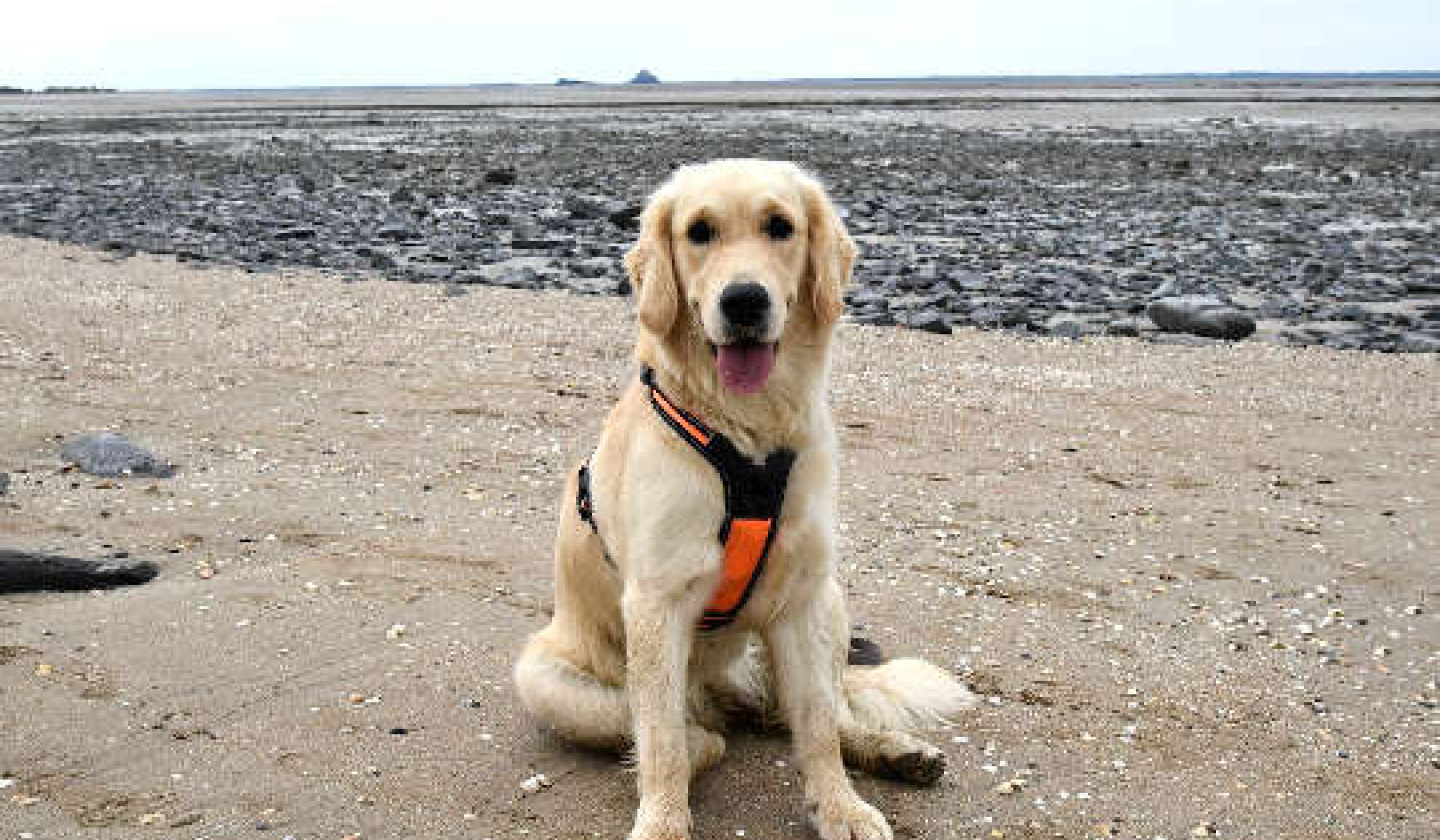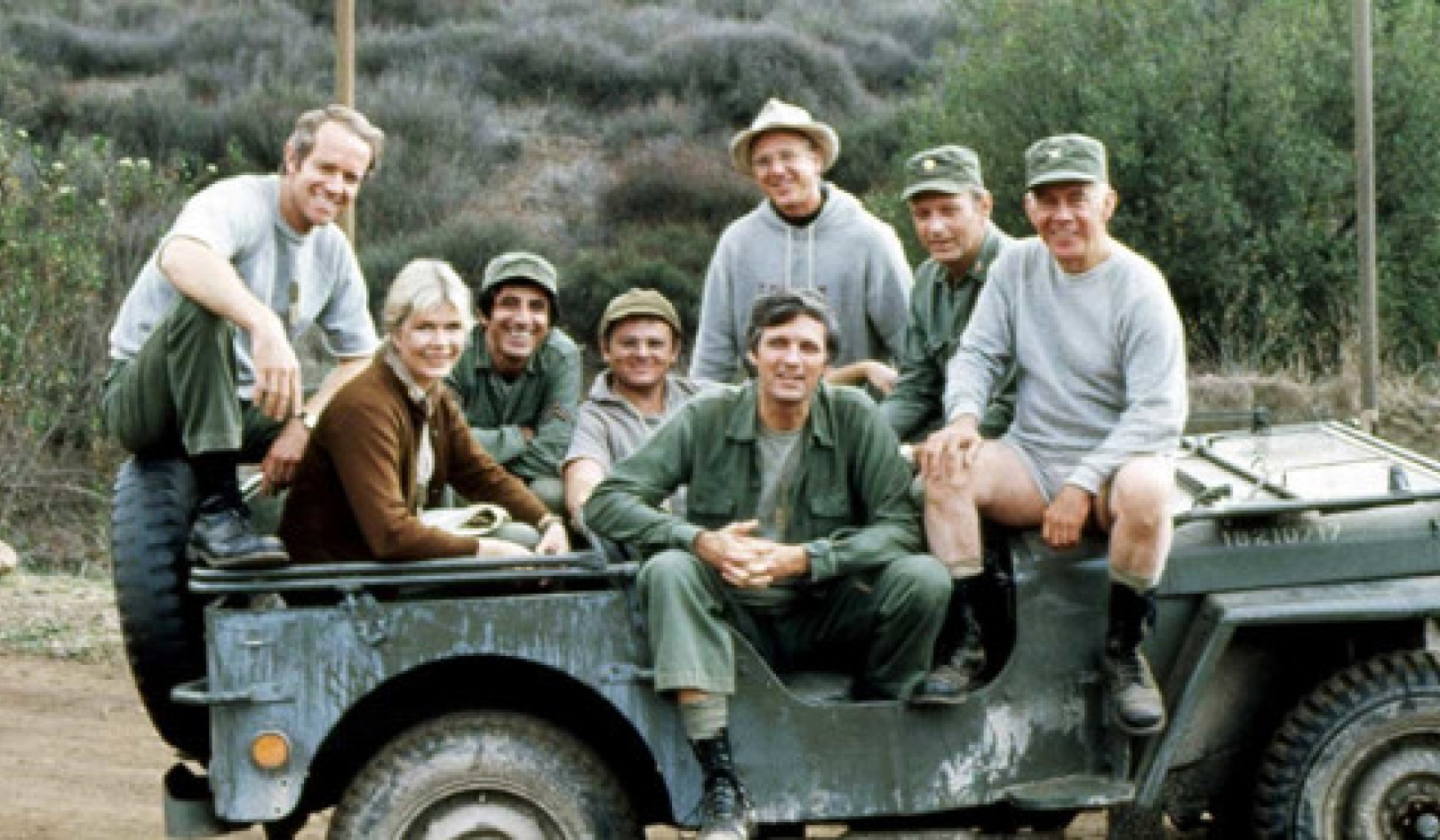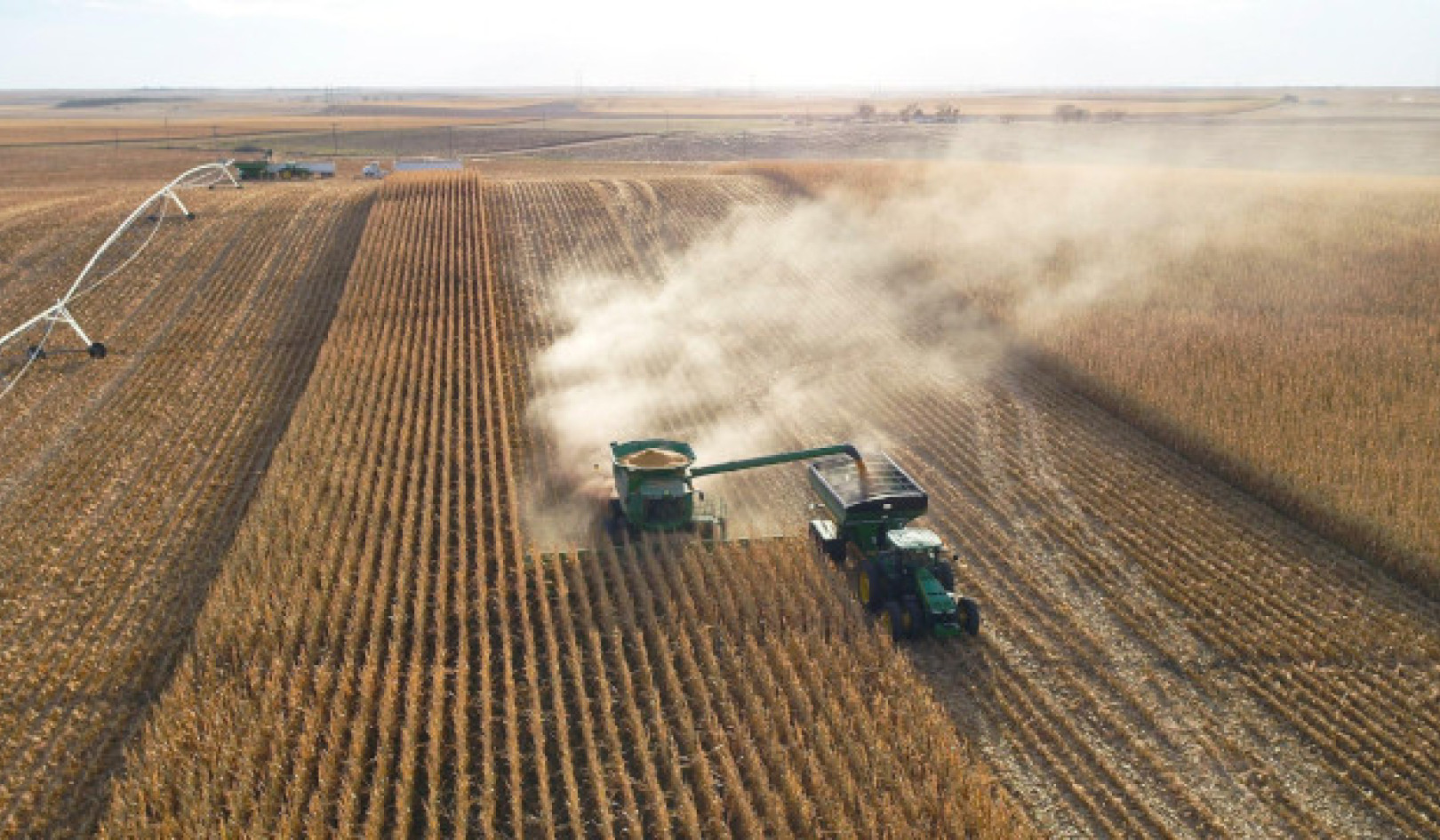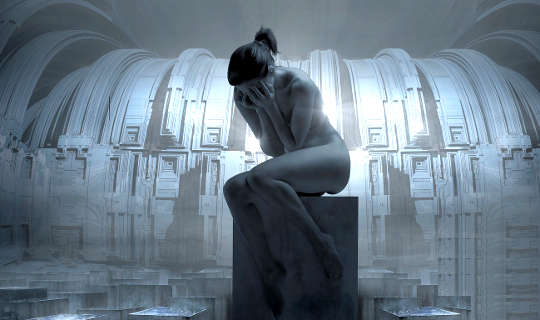
Image by Stefan Keller
Leading interoception researcher AC ‘Bud’ Craig asserts that we heal to the extent that we can interocept (feel ourselves from inside.) I would say this a little bit differently. We heal to the extent that we can feel ourselves. We can feel ourselves to the extent that we feel safe. When we feel safe enough, we can open ourselves to connection. Embodiment is the doorway to feeling ourselves.
Feel Your Feelings
We are dying for want of this capacity to feel ourselves. Modern culture has so little capacity to be in present-moment contact with its embodied felt experience that it is literally killing us. People disconnect from their embodied experience because of trauma, because of the breakdown of buffers of resilience, social isolation, the breakdown of community. This is because sometimes, in order to grieve, in order to feel what we’ve been through, we require witnesses to be present. We need people to accompany us.
Un-metabolized emotion accumulates, wreaking havoc on our stress physiology, and being held nonetheless in the body, because it has nowhere else to go. This inability to be in contact with our feelings drives dissociation, discursive thought, rumination, and the spinning of the mind.
To feel our feelings we need to develop the twin capacities of support: to be able to be witnessed and held in community, in healthy relationships; and to have the capacity to be present with our own discomfort, present with the embodied texture of our own emotional experience without defensive reactions. If we have a feeling that we aren’t comfortable with, we can have a defensive reaction to our own internal state. We can go into fight/ flight (anger/fear) about our own internal experience. We can shut down. We are then creating layers upon layers of obscuration between ourselves and the feeling experience. Better to learn to build our capacity to actually be present with our feelings.
STRETCH
If the body is tense, it’s very hard to settle the mind. Have you ever noticed this? The tighter, and more wound-up the body, the tighter, and more wound-up the mind. This is one of the reasons yoga is so popular.
When we stretch — when we breathe into the body, when we take the time to occupy it, to move around, to lean into the edges of discomfort, the thousand little ordinary pains that have dropped beneath the threshold of our conscious awareness, to actually dig into the archeology of the body — it changes our minds. Have you ever noticed how much animals stretch? Every time the cat gets up from a nap, she arches her back, and all the ends of her tingle.
Have you ever wondered why the yoga pose is called downward dog? Animals do this as a matter of course. They shiver and they stretch: they move around because they fully occupy their bodies, because they don’t have the cognitive circuitry to wander up into discursive thought and get lost. It is only modern people, sedentary, ever on our screens, who have forgotten that we are animals. Stretch, bruh.
DANCE
Is there a more primal expression of life than dance?
To allow the body to move, in rhythm...to allow it to be taken by the great dance. The dance is Life itself. From tango, to waltz, to the mosh pit. From ballet, to Afro-Brasilian, to electric swing. From the great dances in traditional cultures in honor of the seasons, of festivals. From order to chaos, form to freedom, dance explores movement, rhythm, and expression. It turns the body entire into a listening device. It brings us into the music, into the present moment.
So what does it mean that White people can’t dance? To dance, we must let go. Let go of what? Of being in control. There is no way to dance intellectually. There is no way to dance cognitively. There is no way to dance from outside of the dance, or outside of the body. To dance, you have to allow yourself to feel it. And that’s really what it means that White people can’t dance (obviously some of us can). It means that people won’t allow themselves to feel. \
People who don’t know how to be in their bodies are not good dancers. And the only place you can feel is in your body. To feel is to be in relationship with the unknown. To be open to receiving new information. To be in exploratory relationship. People who are fixed in their thinking, people whose world’s are closed, people who don’t know how to listen in their bodies can’t dance. That might be, in fact, closer to what sociological Whiteness is than skin color.
What then makes dance a perfect restorative practice for you? If you can’t dance, then to be sure, there is medicine here. And can’t dance generally means not allowing yourself to dance, not giving yourself permission to be awkward, uncertain, ungraceful, because that is what you will be at first.
No one learns anything without making mistakes. Children don’t learn to walk without falling, they don’t acquire language without babbling. If we were self-conscious about this, we would all still be mute and crawling. So ask yourself, if you are afraid to dance, what part of your own human vulnerability are you not ok with? Because I assure you, that constriction prevents you not only from dancing, but from doing many other things.
To dance means that you have to loosen up. Because for most of us, the body is tight, constricted, coiled up, wound. It's thrumming with thermo-nuclear sympathetic activation, blitzed blinked and blocked by dissociation, freeze, shutdown. To really dance, you’re gonna have to get in there and thaw all that out. You’re gonna have to get in there and melt the heart down from the inside, uncoil the springs wound tight with rage and worry. You are going to have to find your way back to the Dance of Life, to take the risks of living. If this scares you, dance is probably your practice.
YOGA
From the Sanskrit word for yoke, as in harness, as in bring the mind and body together.
The version we have in the West is the colonial version, the version of yoga filtered through the French ballet studio. Did you know that? Asana–physical posture, just scratches the surface of yoga philosophy. Yoga means yoke, like the harness on an Ox, that which brings the mind and the body together. Through posture, the access point for most modern people, we learn to point the mind at the body, and work with the breath.
Yoga is like stretching on meditation. It’s an invitation to explore the internal sensation landscape of the body, a gateway to the development of interoceptive awareness. We are able to feel ourselves (interocept) to the extent that we feel safe. And our healing, at an embodied level, is deeply connected to the ability to localize, sense, and feel embodied sensation.
Yoga puts us into an intimate conversation with our interior. We step into an asana, and often there is an edge of pain, a sense of tightness in the body. And from here, we begin to feel more deeply, to breathe, to stretch, to lengthen, to soften, to relax.
There is a kind of work that we do in yoga that becomes ordinary to the practitioner, but is novel to someone who has never done it. If I’m stretching in a forward bend, as I begin there is going to be some degree of flexibility, some degree of comfort or discomfort that arises in my body as I move in this way. And then, I am going to hold the pose, and I’m going to bring my attention to the breath, and I’m going allow the breath to move into the body, to move into the stretch.
Right here we have something fabulous, because did you know you could breathe your body open? With my awareness fastened into the muscles, into the joints, into the edge of the stretch, where there is constriction, where there is discomfort, as I breathe, I can experience the loosening. I soften my body, I soften my face (why am I grimacing?) all the time with attention fastened on the body, and as the tension leaves my face I feel it leaving the backs of my legs, the insides of my knees. I feel the joints from the inside. I feel the taut cords of muscle beginning to unkink in my hamstrings. Using my attention as the tool, using my breath as the engine, using my body as the object of awareness, yoga teaches me to use my mind to open and unwind my body.
You don’t have to do yoga for long to feel different. There is a pretty immediate deepening of embodiment for many people. And again, these are only addressing the physical aspects of yoga, because yoga philosophy is beyond my pay grade, yet a world of wisdom.
And yoga, even in its modern and somewhat commodified format, comes in many different flavors: from the vigorous and heated to the moon-based and restorative to the alignment-focused. Most studios offer a wide variety of classes, styles, and teachers. Yoga is easy on the joints, restorative, and deeply healing.
As with all these practices, the opportunity then, as you’ve deepened it, is to apply what you’ve learned in yoga to life. That would be yoga applied–to take that suppleness, that willingness to breathe into discomfort, and generalize it into your life situation: the difficult conversations, the emotional pain, the things you’d rather avoid. If the 36 million yoga practitioners in the United States could learn to do that, we’d have a different country.
Copyright 2022. All Rights Reserved.
Reprinted with permission of the author.
Article Source:
Restorative Practices of Wellbeing
Restorative Practices of Wellbeing
by Natureza Gabriel Kram.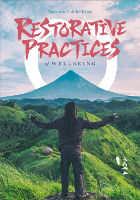 In this pioneering volume, connection phenomenologist Gabriel Kram addresses two fundamental practical questions: how do we address the trauma and disconnection endemic to the modern world, and how do we turn on the Connection System? Marrying cutting-edge neurophysiology with awareness technologies from a wide variety of traditions and lineages, this book maps a novel approach to the creation of wellbeing informed by the most cutting-edge science, and the most ancient of awareness practices. It teaches over 300 restorative practices of wellbeing to connect with Self, Others, and the Living World.
In this pioneering volume, connection phenomenologist Gabriel Kram addresses two fundamental practical questions: how do we address the trauma and disconnection endemic to the modern world, and how do we turn on the Connection System? Marrying cutting-edge neurophysiology with awareness technologies from a wide variety of traditions and lineages, this book maps a novel approach to the creation of wellbeing informed by the most cutting-edge science, and the most ancient of awareness practices. It teaches over 300 restorative practices of wellbeing to connect with Self, Others, and the Living World.
For anyone who has faced a difficult childhood, grown up with a sense that there is something missing in the modern world, or yearns for deeper connection with Self, Others, or the Living World, this book provides a map to a (r)evolutionary approach to wellbeing so ancient it hasn't been invented yet.
For more info and/or to order this book, click here.
About the Author
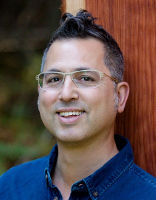 Natureza Gabriel Kram is a connection phenomenologist. Over the past 25 years, he’s undertaken advanced study and research in neurophysiology, applied mindfulness, social justice pedagogy, deep nature connection, cultural linguistics, and Indigenous lifeways with support from over 50 mentors in 25 disciplines of well-being from 20 cultures. He is convener of the Restorative Practices Alliance, founder and CEO of Applied Mindfulness, Inc., and co-founder of the Academy of Applied Social Medicine.
Natureza Gabriel Kram is a connection phenomenologist. Over the past 25 years, he’s undertaken advanced study and research in neurophysiology, applied mindfulness, social justice pedagogy, deep nature connection, cultural linguistics, and Indigenous lifeways with support from over 50 mentors in 25 disciplines of well-being from 20 cultures. He is convener of the Restorative Practices Alliance, founder and CEO of Applied Mindfulness, Inc., and co-founder of the Academy of Applied Social Medicine.
He is the author of several books, including Restorative Practices of Wellbeing, an interactive compendium of over 300 practices that restore wholeness and well-being. Learn more at restorativepractices.com/books.
























